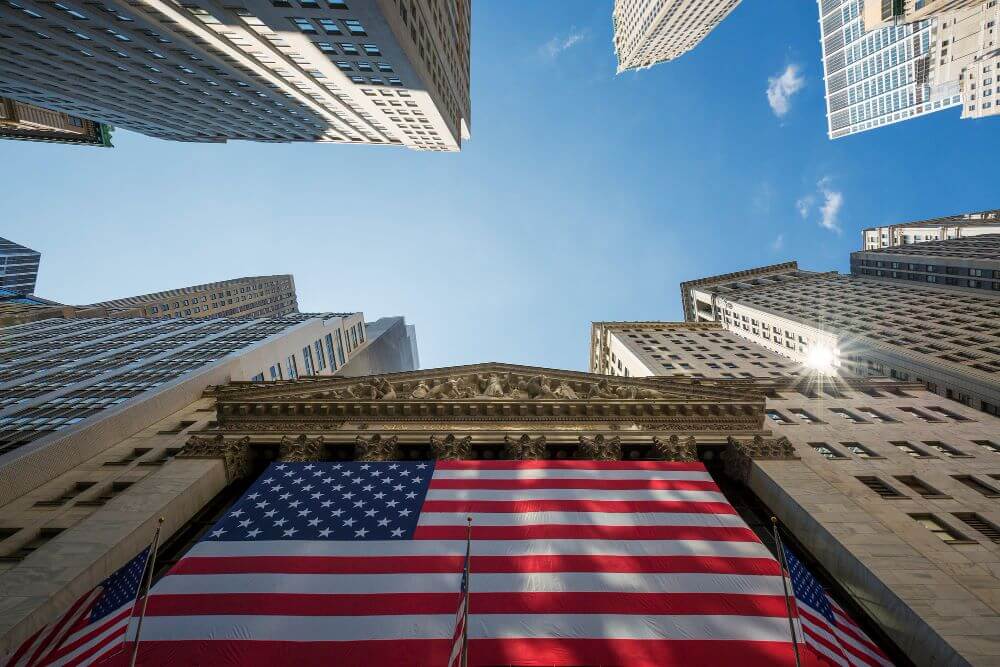What keeps the shelves stocked, the packages arriving on time, and the flow of goods across America steady and reliable? Much of the answer lies in Indianapolis, a city that quietly powers the nation’s supply chain.
Its central location, dense web of highways, major rail connections, and strong air cargo presence have made it one of the most important logistics hubs in the country. At the same time, its growing warehousing sector and skilled workforce sustain both national commerce and local communities, giving Indianapolis a role that reaches far beyond its city limits.
Geography: The Crossroads of America
Indianapolis sits at a geographic sweet spot that gives it an outsized role in the nation’s supply chain. Within a day’s drive, trucks leaving the city can reach well over half of the U.S. population, which makes it one of the most efficient staging points for distribution.
This centrality is not just convenient. It directly lowers transportation costs and shortens delivery times for businesses that rely on speed and reliability.
The nickname “Crossroads of America” is more than a slogan. Multiple interstates intersect in and around Indianapolis, creating a dense web of road connections to neighboring states and beyond. For companies moving goods across the Midwest and to coastal markets, this network makes the city a natural hub where products can flow smoothly in all directions.
Infrastructure That Moves the Nation
The city’s infrastructure reflects its strategic importance. A highly developed interstate highway system ensures that goods can move in and out quickly, whether they are bound for regional markets or long-haul routes across the country.
Rail lines add another layer of connectivity, allowing large shipments of raw materials and finished products to travel efficiently to manufacturing centers and ports. Air cargo also plays a significant role, with Indianapolis consistently ranking among the top U.S. cities for freight handled by air.
This adds a global dimension to its logistics capacity, linking regional supply chains to international markets. On the ground, ongoing improvements to bridges, roads, and public transit demonstrate the city’s commitment to keeping its infrastructure resilient and ready for the demands of modern commerce.
Warehousing, Distribution, and Jobs
The logistics network is supported by vast stretches of warehousing and distribution facilities clustered in and around Indianapolis. These centers store, sort, and move everything from consumer goods to industrial supplies, making the city a heartbeat of supply chain activity.
The scale of this warehousing space also supports flexibility, allowing businesses to keep inventory closer to customers and respond quickly to changing demand. For residents, this infrastructure translates into jobs and career opportunities.
A significant portion of the workforce is employed in transportation, logistics, and supply chain management. Beyond warehouse roles, there are positions in planning, coordination, and technology that keep the system running smoothly. This job market has a stabilizing effect on the local economy and contributes to the steady growth of surrounding communities.
Traffic and Safety in the City
A city that plays such a central role in moving goods also faces the challenges that come with heavy traffic. Indianapolis sees significant freight and commuter activity on its highways, which makes congestion and roadway maintenance ongoing priorities. Public safety measures aim to reduce risks for everyone on the road, but when accidents occur, many turn to an Indianapolis car accident lawyer for guidance and support through what can be a complex process.
Local officials have invested in projects that widen key corridors, repair aging bridges, and improve intersections to handle both the steady flow of trucks and the daily needs of residents. These upgrades are aimed not just at keeping goods moving, but also at reducing bottlenecks that affect drivers across the city.
Safety has become an equally important focus. Efforts include redesigning high-risk intersections, expanding bike lanes and pedestrian crossings, and implementing better traffic signal coordination.
Freight traffic is managed through designated routes to limit its impact on residential areas, while public campaigns emphasize safe driving practices in a city where cars, trucks, cyclists, and pedestrians share the same roads. Together, these measures help balance Indianapolis’s role as a national logistics hub with the everyday reality of keeping its streets safe and accessible for everyone.
Speed: From the Indy 500 to Next-Day Delivery
Speed is deeply woven into the city’s identity, from the roar of engines at the famous speedway to the precision of its logistics operations. The culture of efficiency and quick turnaround reflects a long-standing value placed on moving fast without sacrificing reliability.
For many, this parallel between racing and logistics defines the character of Indianapolis. It is a place where momentum and motion are second nature. This emphasis on speed extends to how goods move through the city.
Shipments are processed, routed, and dispatched with efficiency that mirrors the competitive edge of motorsports. While racing is about victory laps and trophies, logistics in Indianapolis is about ensuring that shelves are stocked, packages arrive on time, and supply chains keep moving seamlessly across the country.
Living in a Supply Chain City
The same systems that make Indianapolis an economic hub also affect everyday life for its residents. The logistics sector provides stable employment opportunities and contributes to local tax revenues that fund schools, parks, and infrastructure projects. This creates a ripple effect where the city’s role in the supply chain enhances quality of life beyond the warehouse floor.
At the same time, Indianapolis has worked to balance its industrial backbone with livability. Investments in trails, bike lanes, and neighborhood revitalization efforts help make the city appealing to families and young professionals.
Residents benefit from the jobs and opportunities created by logistics, while also enjoying the cultural, recreational, and lifestyle amenities of a city that continues to grow and adapt.
The Future of Indianapolis Logistics
Indianapolis is well-positioned to remain a cornerstone of the national supply chain. Infrastructure upgrades are ongoing, with attention given to modernizing roadways, expanding capacity, and adopting smart technologies that make freight movement more efficient.
Rail and air networks are also being strengthened to handle future increases in demand as e-commerce continues to expand. Sustainability and innovation are shaping the next chapter. Automation in warehousing, digital tracking systems, and eco-friendly logistics practices are becoming more common.
Indianapolis is adapting to these changes in a way that allows it to maintain competitiveness while supporting broader goals like reducing emissions and improving efficiency. This forward-looking approach ensures that the city will continue to play a critical role in connecting producers and consumers for decades to come.
Conclusion
How often do people consider the journey their everyday goods take before reaching their homes? For many, the unseen path runs through Indianapolis, where geography, infrastructure, and efficiency converge.
The city’s unique blend of logistics strength and community development ensures that it not only supports national supply chains but also enhances the lives of those who live and work there. Indianapolis may not seek the spotlight, yet it remains one of the hidden backbones of America’s economic stability and future growth.






